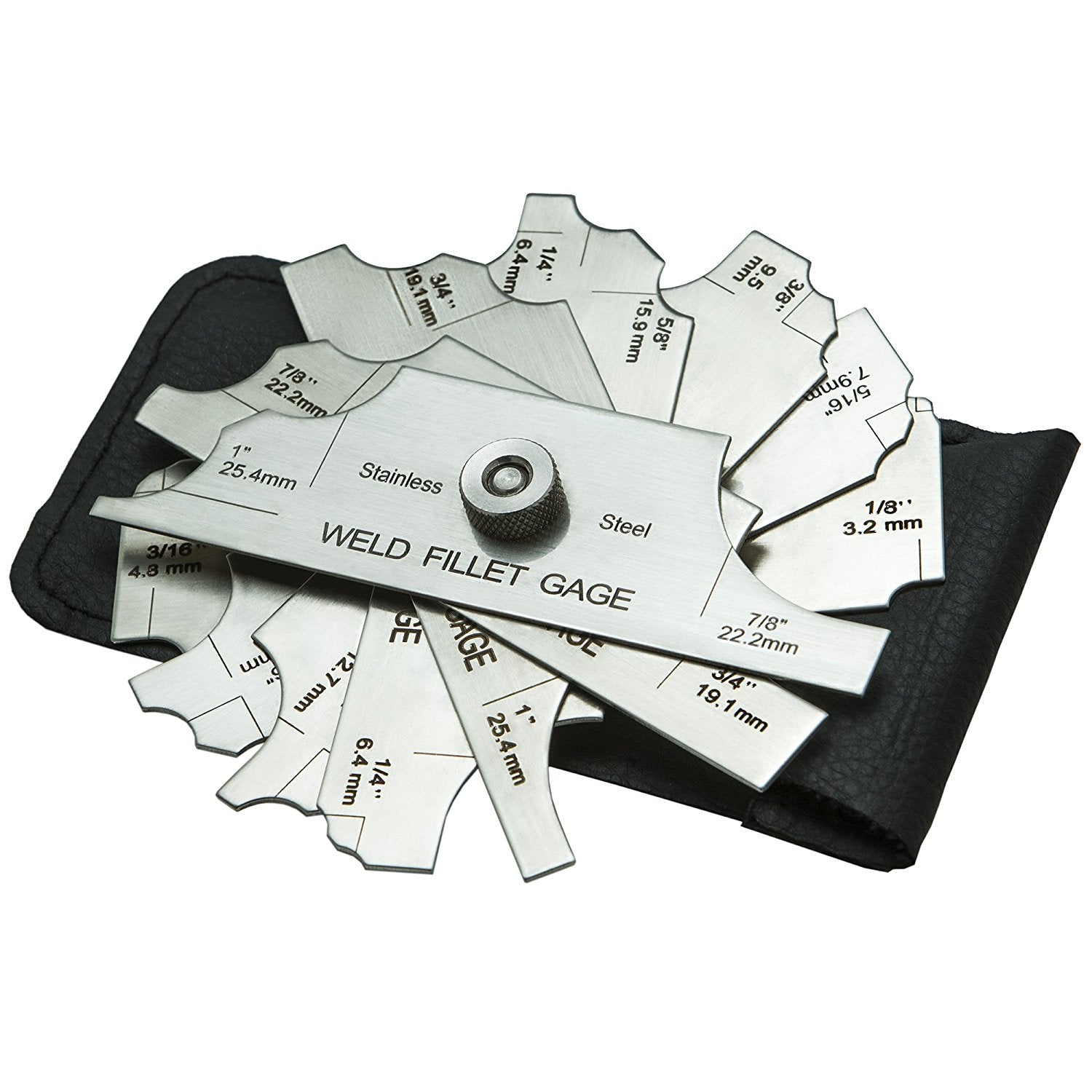Fillet Weld Style Approaches: Enhancing Joint Efficiency and Aesthetic Appeal for Structural Stability
In the world of structural engineering and manufacture, the value of fillet weld design methods can not be overemphasized. These techniques play a crucial duty in not only guaranteeing the performance and structural honesty of joints however also in enhancing the total aesthetic appeals of the ended up product. By meticulously considering variables such as weld account optimization, product selection, joint prep work methods, welding process effectiveness, and aesthetic enhancement makers, designers and techniques can achieve a harmonious balance between functionality and look in their bonded frameworks. The combination of these aspects not only leads to robust joints yet also raises the aesthetic appeal of the end product.
Weld Account Optimization


Accomplishing an optimal weld profile involves a precise factor to consider of factors such as product density, joint configuration, welding placement, and preferred welding speed. Furthermore, the option of appropriate welding criteria, such as voltage, present, and take a trip speed, is essential in regulating the shape and measurements of the fillet weld. Making use of innovative welding methods, such as pulse welding or robot welding, can additionally fine-tune the weld profile to meet certain design needs and high quality criteria.
Essentially, weld account optimization is an essential element of fillet weld style that straight influences the total efficiency and integrity of bonded joints in architectural applications.
Product Choice Considerations
When considering product option for fillet weld design, the compatibility of the base metals is a crucial aspect affecting the structural honesty of the joint. It is necessary to pick products that not only bonded together successfully yet also possess comparable mechanical properties to make sure the load is equally dispersed between the weld and the base steels. Welding products with vastly various residential properties can bring about issues such as anxiety focus, premature joint failure, or breaking.
Additionally, the environment in which the welded framework will operate have to be considered when selecting materials. Variables like corrosion resistance, temperature changes, and exposure to chemicals can all influence the long life and efficiency of the weld joint. By picking materials that are appropriate for the desired application and setting, the general toughness and integrity of the welded joint can be considerably boosted.
For that reason, complete consideration of material compatibility and environmental factors is vital in making sure the weld joint's stamina, sturdiness, and general structural honesty.

Joint Prep Work Methods
Considering the critical duty product option plays in ensuring the architectural stability of fillet weld joints, it is vital to apply precise joint preparation techniques that optimize the connection in between the base metals. Joint prep work is an important step that directly influences the high quality and toughness of the weld.
Furthermore, tack welding the components in place before the last weld assists maintain positioning and lessens distortion during the welding procedure. By carefully adhering to these joint prep work strategies, welders can boost the general efficiency and aesthetic appeals of fillet weld joints while making certain architectural stability.
Welding Refine Performance
Efficient welding procedures are important for accomplishing optimum productivity and high quality in fillet weld manufacture. Procedures like gas steel arc welding (GMAW) and flux-cored arc welding (FCAW) are typically used for fillet welds due to their adaptability and speed.
Routine calibration of welding machines, evaluation of consumables, and maintenance of welding torches can protect against downtime and remodel, eventually saving time and resources. Well-trained welders are a lot more adept at changing criteria, fixing concerns, and preserving regular weld high quality.
Aesthetic Enhancement Approaches
To optimize the top quality of fillet weld fabrication, implementing aesthetic enhancement methods can play an essential role in making certain precision and accuracy throughout the welding process. Aesthetic improvement methods encompass numerous strategies focused on enhancing the appearance and high quality of fillet welds. One common original site approach is the see usage of back removing systems to eliminate oxidation on the backside of the weld, resulting in a cleaner, extra visually pleasing coating. In addition, employing proper illumination arrangements in the welding location can enhance presence, allowing welders to monitor the weld pool and make sure consistent bead development. Aesthetic help such as weld dimension evaluates and amplifying lenses can assist in examining weld accounts and dimensions properly. The use of contrasting noting products or short-lived adding can assist in straightening and placing the workpieces specifically before welding. By integrating these visual improvement approaches into the welding process, welders can attain not only structurally sound fillet welds yet additionally aesthetically appealing outcomes that satisfy market criteria.

Conclusion
To conclude, optimizing fillet weld style involves cautious consideration of weld profile, material choice, joint prep work, welding process performance, and aesthetic improvement methods. By implementing these approaches, architectural integrity can be improved while also attaining visual allure. It is important to prioritize both efficiency and aesthetics in fillet weld design to guarantee the total top quality and longevity of the joint.
By diligently considering variables such as weld profile optimization, product option, joint preparation techniques, welding procedure performance, and aesthetic improvement producers, methods and engineers can achieve an unified equilibrium between functionality and appearance in their welded frameworks.In the realm of fillet weld style, optimizing the weld account plays a vital duty in guaranteeing architectural integrity and efficiency. The weld account, which includes the size and shape of the weld cross-section, straight affects the circulation of stress and anxiety and load-bearing ability within the joint. It is essential to select materials that site that not only weld with each other successfully yet likewise possess similar mechanical residential or commercial properties to guarantee the load is evenly dispersed in between the base and the weld steels - Gauge Fillet Weld.In conclusion, enhancing fillet weld layout includes cautious consideration of weld account, material option, joint prep work, welding procedure efficiency, and visual improvement techniques